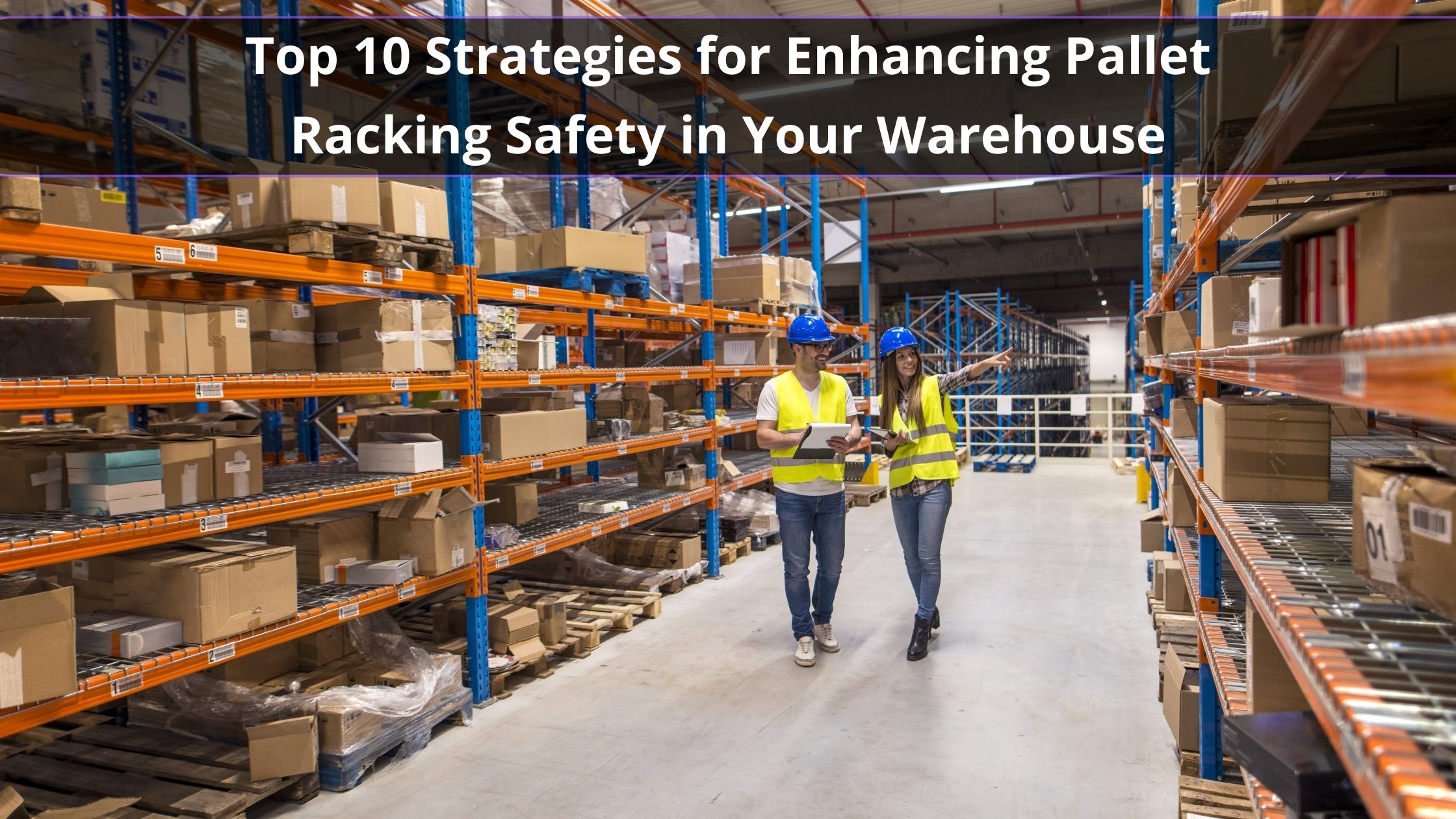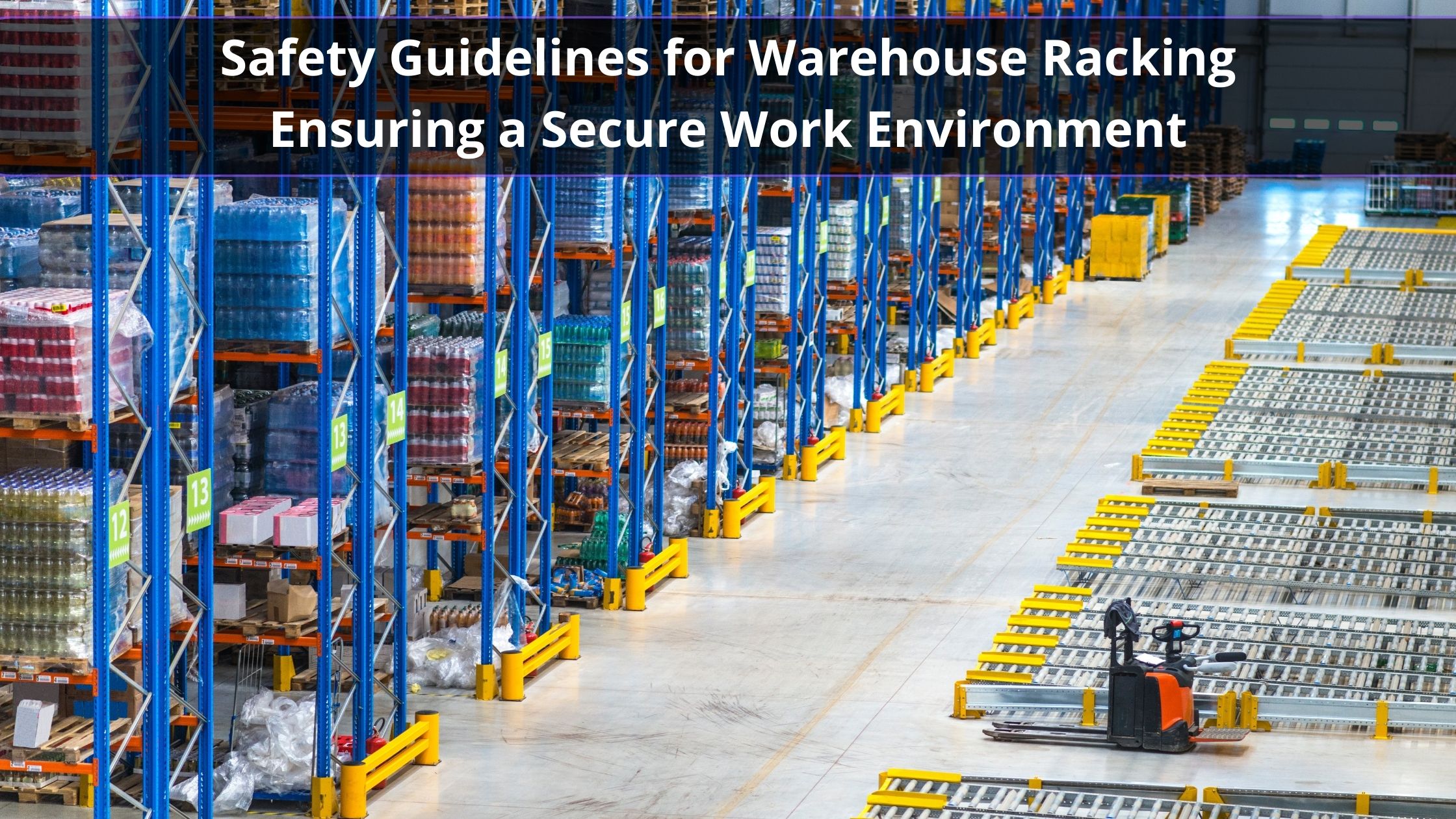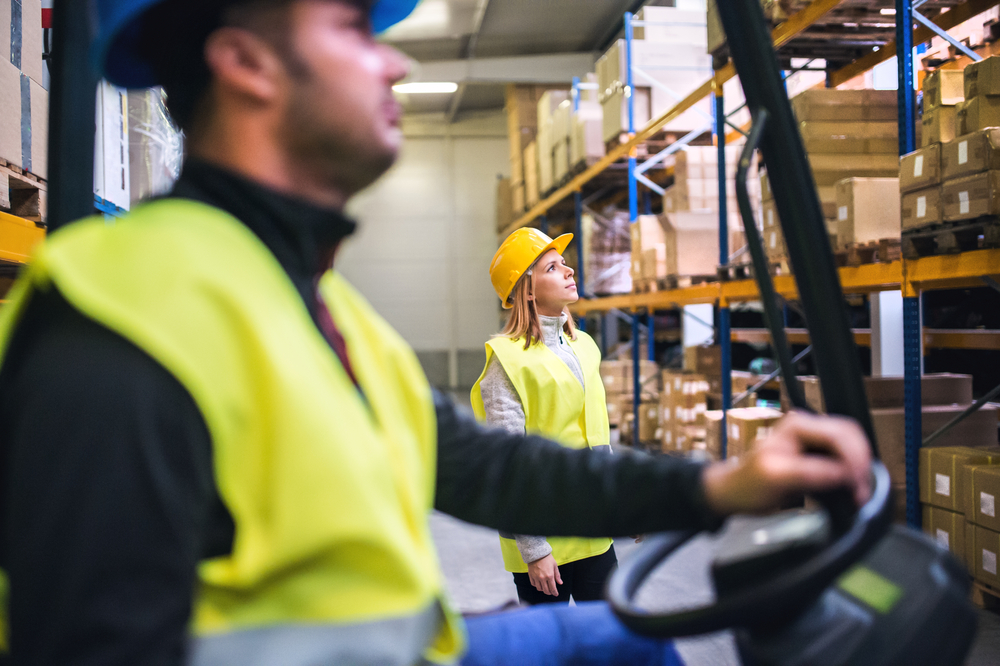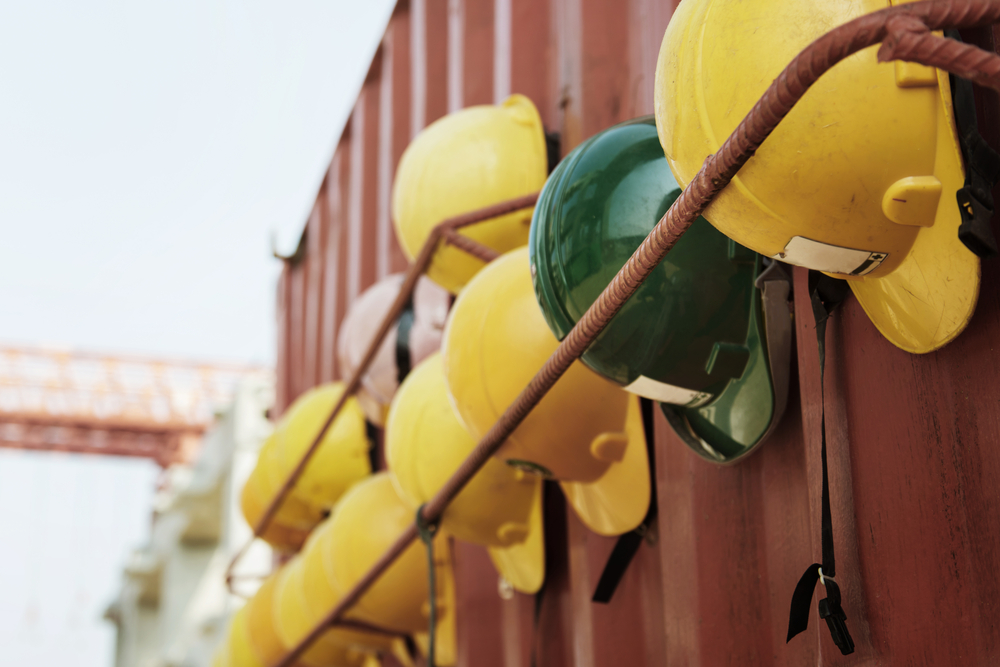Top 10 Strategies for Enhancing Pallet Racking Safety in Your Warehouse
Anyone who has ever been involved in warehouse operations in any capacity knows the overwhelming importance of pallet racking safety. A safe warehouse not only reduces operational hiccups and financial losses but, more importantly, protects the lives and well-being of the staff.
At the heart of warehouse safety lies the pallet racking systems. These structures, often towering and laden with goods, represent a significant safety hazard if they are not looked after correctly – ensuring their stability and safe usage is absolutely central to the broader health and safety plans of your site.
Here are our top 10 strategies for enhancing the safety of the pallet racking in your warehouse.
1. Regular Pallet Racking Inspections
Consistent safety audits play a critical role in identifying vulnerabilities before they escalate into genuine hazards. Warehouse managers and safety personnel can proactively address concerns by detecting damage or misalignment early, thereby fortifying their operations against potential disasters. A SEMA-approved racking inspector willbring invaluable expertise to the table – a meticulous approach to racking inspections ensures a thorough evaluation, ensuring that your racking systems are not just compliant but optimized for long-term safe usage
2. Proper Training for Staff
The foundation of any safe and efficient warehouse lies in the hands of its staff. Proper training for those using racking systems is of the highest importance, not just for the sake of productivity but also for safety. Operational training helps to ensure that warehouse staff understand how to load and unload the racking systems, reducing the risk of damaging or overloading the racking system. Safety training provides knowledge on preventive measures and how to respond to and manage severe damage to racking and other concerns which have the potential to cause a racking failure.
Together, these facets of training empower staff to maintain the integrity of the racking system, contributing significantly to the overall safety of the warehouse environment.
3. Ensuring Proper Load Distribution
Uneven weight distribution on warehouse pallet racking systems poses a significant risk, not only to the integrity of the racking structure but also to the safety of warehouse staff. Improperly balanced loads can lead to rack collapses – causing injuries and damaging goods, as well as disrupting operations.
4. Adherence to Pallet Racking Weight Limits
Overloading racks can compromise their structural integrity, leading to potential failures or collapses, which in turn, poses serious risks to personnel, goods, and equipment in the vicinity.
Ignoring these weight specifications not only endangers the safety of the warehouse environment but can also lead to significant financial implications from damaged goods and potential liability. Prioritizing this fundamental safety principle is vital for smooth and hazard-free warehouse operations. Always be sure to use load signs that clearly display weight limits at prominent places to remind staff, and adhere to the manufacturer guidelines for the weight limits specified for each shelf and the entire racking unit.
5. Installing Safety Equipment on Pallet Racking Systems
Equipping your pallet racking systems with the right safety equipment is an excellent strategy when it comes to minimizing warehouse accidents. Racking safety equipment includes:
- Racking safety pins that secure beams in place and prevent unintentional dislodging.
- Pallet rack guards will provide a barrier against potential impacts from forklifts or other machinery, protecting the structural integrity of the racks.
- Decking material such as timber decks, steel shelf panels or wire mesh decks can be installed into each level to provide additional support for pallets which could be damaged or of a poor quality which can increase the risk of a pallet failure.
- Upright (vertical post)protectors and end frame barriers can also work to mitigate the damage from potential impacts.
Each of these components plays a vital role in the overall safety strategy, acting as the first line of defense against unforeseen incidents and human errors. Investing in and maintaining these safety tools is a hallmark of a safety-conscious warehouse.
6. Maintaining Clear Aisles and Work Areas
A cluttered warehouse floor not only impedes the smooth operation of machinery like forklifts but also poses trip hazards for staff. Keeping walkways and aisles between racking clear, is essential to ensure that loaded or unloaded items don’t inadvertently impact the racking. Spacious and clear aisles also provide quicker access during emergencies or evacuations – and proper organization and an emphasis on regularly scheduled clean-ups can dramatically reduce the chances of accidents.
Remember, a tidy warehouse is not just aesthetically pleasing – it’s a safer, more efficient workspace.
7. Prompt Damage Reporting and Repair
A proactive approach to warehouse safety involves not only spotting issues but addressing them promptly – any damage or signs of wear and tear on pallet racking systems should be reported immediately. Overlooking minor damages or postponing repairs will inevitably lead to more significant issues over time, compromising the entire racking system’s stability. Fostering a culture where employees feel responsible and are encouraged to report issues without fear of repercussions is vital.
Timely interventions, even for minor damages, can significantly prolong the life of your racking systems and ensure a safer working environment.
8. Utilizing Proper Shelving and Storage Techniques
Make sure that all of your staff are using the correct shelving and storage techniques – implementing the right methods not only maximizes storage space but significantly enhances safety. Using correctly sized pallets tailored to your racking system prevents overhanging items, reducing risks of falls or collisions, and equally vital is the practice of correct stacking, ensuring items are securely placed which will minimize wobbling or the potential for toppled goods.
Warehouse operators can help to ensure the longevity of their racking systems and provide a safer environment for their staff by taking the time to train staff on the correct and safe ways to use the racking systems and how to maintain the safety of these systems.
9. Effective Warehouse Layout Design
An intelligently designed warehouse layout is key – not just for the smooth flow of operations but also for enhancing safety. Optimizing the layout ensures that there’s a dedicated space for each function, reducing the chances of congestion and operational bottlenecks. Create and make use of clearly marked pathways, designated loading and unloading zones, and strategic positioning of high-turnover items, and you will drastically reduce potential accidents.
You do not have to take on this burden yourself – leveraging the expertise of professional warehouse layout design experts can result in a layout that complements your specific operational needs while maintaining an unwavering focus on safety.
10. Emergency Protocols and Evacuation Plans
Every warehouse should prioritize having a clear and actionable emergency response plan. In the face of unforeseen events, such as racking collapses or other potential hazards (fires, gas leaks, etc.), an established protocol can significantly reduce risks and save lives. This goes beyond just having emergency exits – it’s about planning out routes, specifying assembly points, and marking safe zones. Of course, just having a plan isn’t enough – regular training sessions must be conducted to ensure all staff members are well-versed in how to react swiftly and efficiently during emergencies.
What Next?
Pallet racking safety isn’t just a regulatory requisite – it’s an essential element that underpins the functionality and longevity of a warehouse operation. Each strategy highlighted not only mitigates risks but also optimizes your workflow, ensuring both safety and efficiency go hand in hand.
Remember, proactive measures today can prevent significant disruptions and dangers tomorrow. If it’s been a while since your last safety check or you’re unsure about your warehouse’s current safety status, there’s no time like the present to act. Reach out to SEE Racking Inspections will for a comprehensive safety assessment and gain peace of mind about your facility’s security and compliance.










